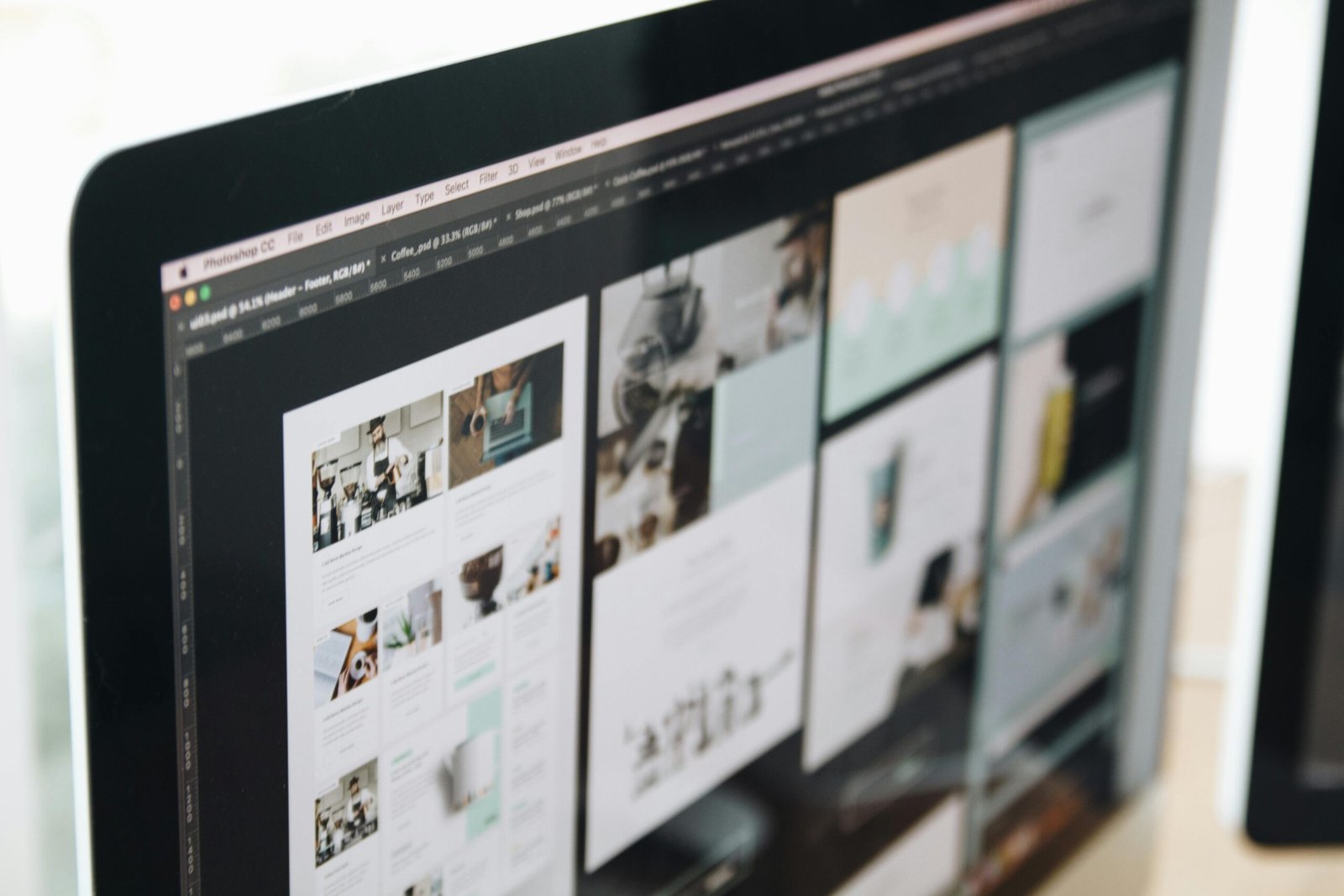The Intersection of Graphics Design and UX/UI: A Perfect Match

In today’s digital landscape, graphics design and UX/UI design go hand-in-hand to create seamless and visually appealing user experiences. we recognize the importance of merging aesthetic appeal with functionality to engage users effectively. Understanding the intersection of graphics design and UX/UI is key to developing websites and applications that are not only visually striking but also user-friendly.
The relationship between graphics design and UX/UI design is one of balance. While graphics design focuses on the visual elements such as color schemes, typography, and images, UX/UI design emphasizes usability and how users interact with these elements. For brands aiming to create impactful digital experiences, this collaboration is crucial. Here are some insights into how these two disciplines complement each other:
Creating Visual Hierarchies: Graphics design helps create a visual hierarchy that guides users’ attention, while UX/UI ensures that these elements are laid out in a way that makes navigation intuitive. The right combination of fonts, colors, and spacing helps users understand what is important and where to go next.
Enhancing User Engagement: Visuals play a critical role in grabbing the user’s attention, but UX/UI ensures that users stay engaged by making interactions simple and seamless. Graphics design adds personality and tone, while UX/UI ensures users can interact easily without confusion.
Brand Consistency: A strong and consistent brand identity is delivered through graphics design. Meanwhile, UX/UI ensures this brand experience is maintained across all touchpoints, from website navigation to mobile app interfaces.
Emotional Impact: Visual elements in graphics design can evoke emotions and set the tone for user interaction, while UX/UI shapes these emotions into a satisfying experience. For example, clean and bold designs combined with smooth navigation provide a sense of trust and professionalism.
User-Centered Design: Both disciplines focus on the user. UX/UI ensures functionality and ease of use, while graphics design ensures that the visual experience resonates with the audience. The user’s needs are always at the forefront, ensuring the design is functional and aesthetically pleasing.
Responsive and Adaptive Design: Graphics design provides the visuals, and UX/UI ensures those visuals are adaptable to various devices. Whether on desktop or mobile, the design must be flexible enough to provide a consistent and effective user experience.
Prototyping and Testing: Before a design is finalized, UX/UI involves prototyping and testing, while graphics design ensures that the final visuals are polished and ready for launch. Testing ensures that both the visuals and the interface work together seamlessly.
In essence, graphics design and UX/UI design are the perfect match in the digital space. By combining visually appealing design with intuitive user experiences, businesses can achieve a balance that delights users and drives conversions. we bring together these two crucial elements to build engaging, user-centered platforms.














